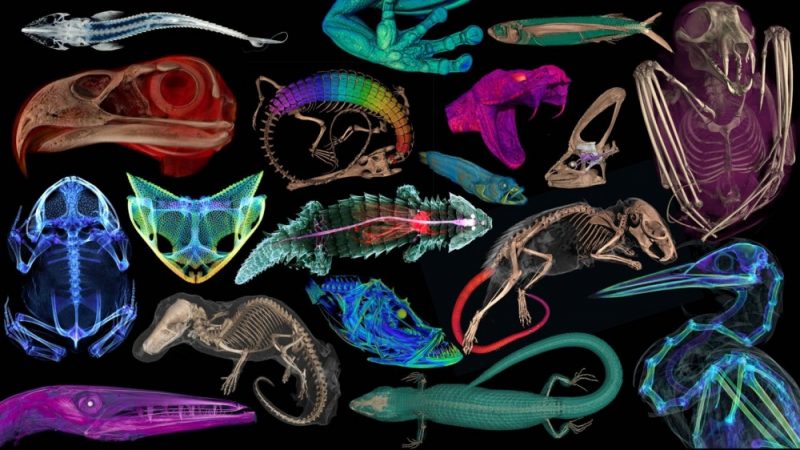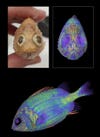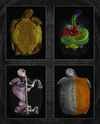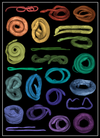Take a look inside 13,000 animals–no scalpel required

If dissecting a frog in biology class had you begging to be sent home, new 3D scans of thousands of vertebrate species are here to help by letting you peek at animal insides without the mess. The newly completed openVertebrate (oVert) project took five years and brought together 18 natural history institutions to create the free online museum, showing the anatomy and physiology of over 13,000 specimens. A summary of the work was published March 6 in the journal BioScience.
From 2017 to 2023, oVert project members took detailed CT scans of more than half the genera of all amphibians, reptiles, fishes, and mammals. The scanners used high-energy X-rays to look past the organism’s scales, fur, or skin to view the dense bone structure beneath. Scientists stained some of the specimens with a temporary contrast-enhancing solution that allows the team to visualize their soft tissues, including muscle, skin, and other organs.
“Museums are constantly engaged in a balancing act,” David Blackburn, principal investigator of the oVert project and curator of herpetology at the Florida Museum, said in a statement. “You want to protect specimens, but you also want to have people use them. oVert is a way of reducing the wear and tear on samples while also increasing access, and it’s the next logical step in the mission of museum collections.”
Take a look at some of the incredible scans below. It will be like stepping back into high school biology, without the scalpel, Bunsen burners, or safety glasses.










Check out more of the scans here.










